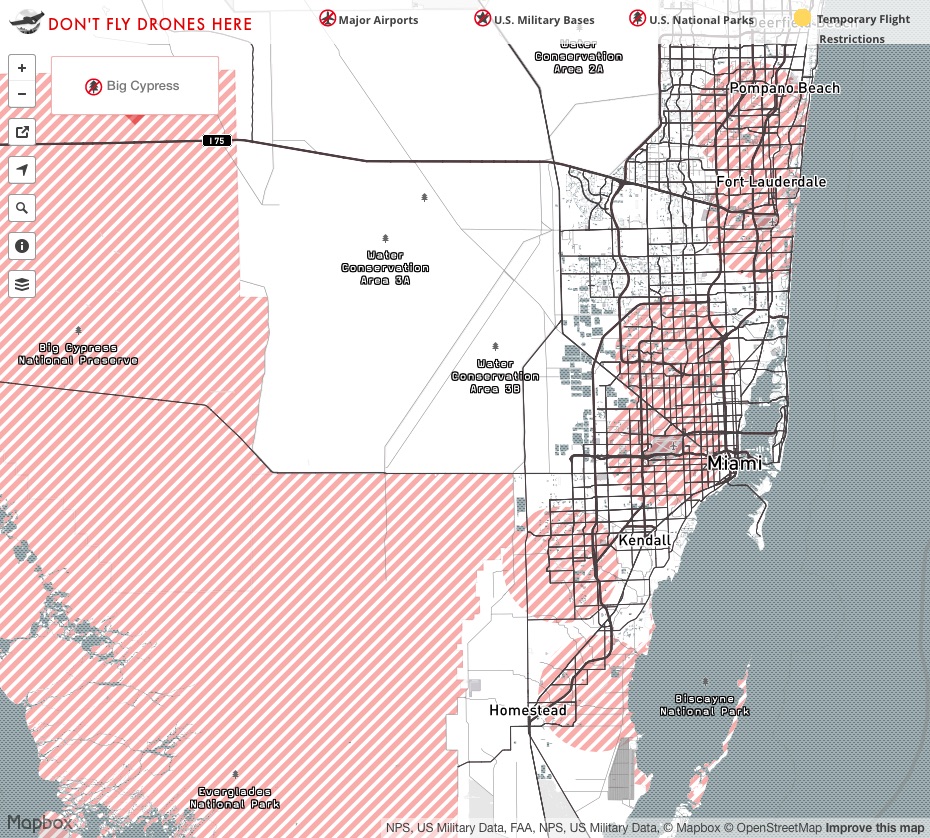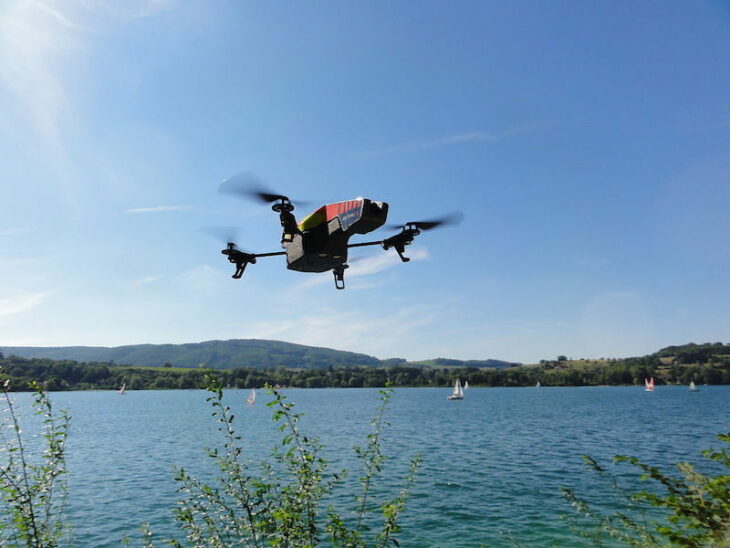Podcast: Play in new window | Embed
John asked: Wondering if you can tell me what the regulations for drones are, now that the new regulations have come out.
John, the newest rule you’ve probably heard about is that starting December 21st, 2015 recreational users flying drones that weigh between .55 and 55 pounds are required to register them with the FAA.
You can do that online, and up to January 20th, 2016 it was temporarily free, but now the regular fee applies again (don’t worry, that fee is $5). The registration is valid for 3 years and has to be renewed or canceled after the registration period ends. Failing to register before you fly outside can cost you $27,500 in civil penalties, and up to $250,000 and 3 years in jail in criminal penalties.
Now, after you’ve registered, you’re still not really in the clear. You’re now a registered recreational user and there are some rules you need to follow.
- You cannot flight for commercial purposes (there are different requirements for that).
- Stay below 400 feet and below any surrounding obstacles whenever possible.
- Stay away from any airport (at least 5 miles away), and from any air traffic.
- Keep your drone in sight at all times.
- You must not pose a hazard to people, property, or flying aircraft.
On top of those rules there are plenty of no-fly zones, and violating any of them will cost you.
You cannot fly:
- Within national parks
- Anywhere in Washington D.C.
- Near sensitive government buildings (meaning don’t go hovering next to places like the Pentagon or NSA headquarters)
- Near water treatment facilities or power plants
- Around a stadium that holds 30,000 people or more less than an hour before any event
- Near a military base or any area under a TFR (temporary flight restriction, these are common when VIPs like the President or foreign dignitaries fly into cities)
- Near any “safety zones” set up by the Coast Guard (for example, before a fireworks show that launches from a barge). Flying into a Coast Guard “safety zone” can cost you $40,000 and between 5 and 10 years in prison.
An easy way to avoid all of these is to go to www.mapbox.com/drones/no-fly and check out your area, but mapbox is not a government service, so making sure the information is accurate is always ultimately on you. We can tell you that flying legally in our area right now is virtually impossible, the whole map is a big red zone.

Now that you know where not to fly and that you shouldn’t fly above 400 feet, it’s time for you to also learn that flying over crowds at low altitudes can constitute reckless endangerment. If you happen to lose control of your drone and someone gets hurt, that can land you in prison for 7 years. Rules aside, there are also many, many guidelines that the FAA wants you to consider to ensure you operate your drone safely, those and be found at www.FAA.gov/UAS.


